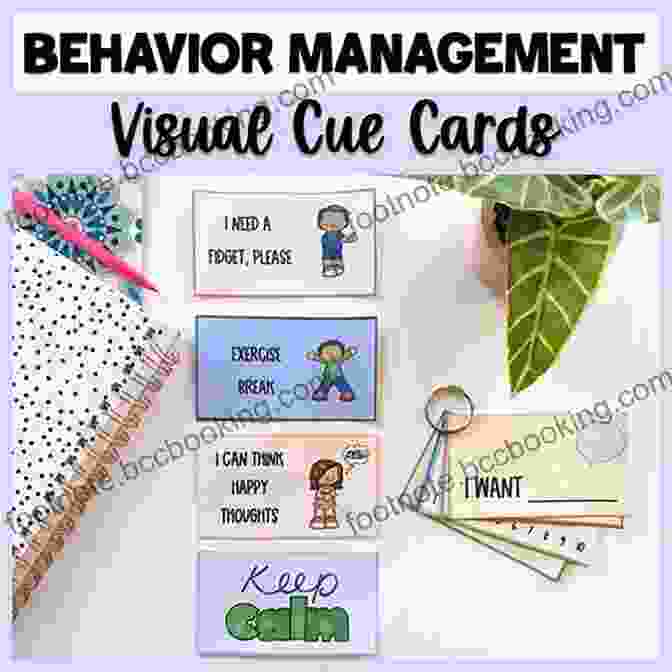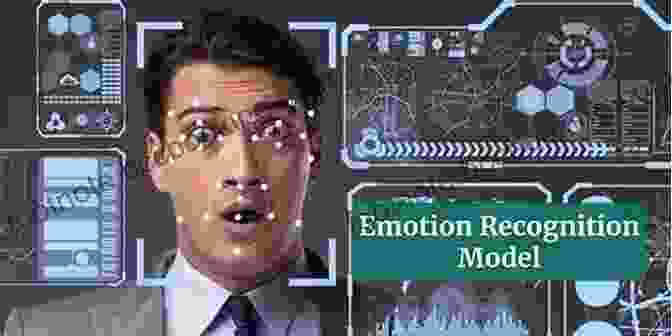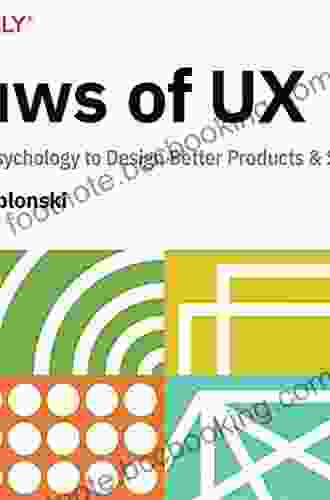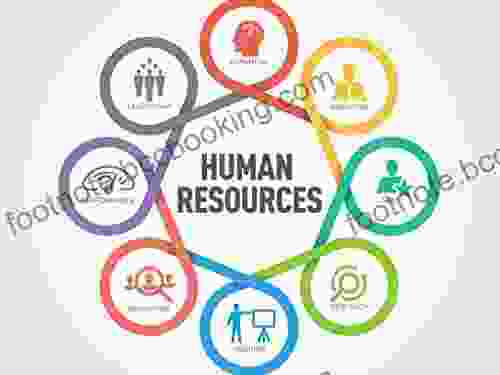Unlock the Power of Psychology to Create Irresistible Products and Services: A Comprehensive Guide

In today's competitive market, it's not enough to simply offer products or services. You need to create experiences that resonate with customers on a deep level, understanding their motivations, desires, and pain points. That's where psychology comes in.
What is Psychology and How Can It Help You Design Better Products and Services?
Psychology is the study of human behavior and mental processes. By understanding the principles of psychology, you can gain valuable insights into what drives customers to make decisions, how they interact with products and services, and what factors influence their satisfaction. This knowledge is essential for designing products and services that meet their needs and exceed their expectations.
4.6 out of 5
| Language | : | English |
| File size | : | 20596 KB |
| Text-to-Speech | : | Enabled |
| Screen Reader | : | Supported |
| Enhanced typesetting | : | Enabled |
| Print length | : | 206 pages |
In this comprehensive guide, we will explore the key psychological principles that can help you design better products and services. We will cover topics such as:
- Understanding customer motivations
- Creating a frictionless user experience
- Using visual cues to influence behavior
- Leveraging social proof to build trust
- Designing for emotions
Chapter 1: Understanding Customer Motivations

The first step to designing effective products and services is understanding what motivates customers. What are their needs, desires, and pain points? What drives them to make decisions? By conducting thorough market research and using psychological principles, you can gain valuable insights into customer motivations.
There are a number of different theories that can help you understand customer motivations. One of the most well-known is Maslow's hierarchy of needs, which suggests that humans are motivated by a hierarchy of needs, from basic physiological needs to more complex psychological needs such as self-actualization.
Another useful theory is the theory of job to be done, which suggests that customers hire products and services to get a specific job done. By understanding the job that customers are trying to do, you can design products and services that meet their specific needs.
Chapter 2: Creating a Frictionless User Experience

Once you understand what motivates customers, you need to create a frictionless user experience that makes it easy for them to achieve their goals. This means designing products and services that are easy to use, intuitive to navigate, and free of any unnecessary obstacles.
There are a number of psychological principles that can help you create a frictionless user experience. For example, the principle of cognitive fluency suggests that people prefer things that are easy to understand and process. The principle of priming suggests that people are more likely to take certain actions if they have been primed with related information.
By applying these principles, you can design products and services that are intuitive and easy to use, making it more likely that customers will have a positive experience.
Chapter 3: Using Visual Cues to Influence Behavior

Visual cues can have a powerful impact on behavior. By understanding the principles of visual perception, you can use visual cues to influence customer behavior in a positive way.
There are a number of different visual cues that can influence behavior. For example, the color of a product can influence its perceived value. The shape of a product can influence its perceived functionality. The placement of a product on a shelf can influence its perceived availability.
By carefully considering the use of visual cues, you can design products and services that are more visually appealing and that encourage customers to take desired actions.
Chapter 4: Leveraging Social Proof to Build Trust

Social proof is a powerful psychological phenomenon that can influence customer behavior. Social proof is the idea that people are more likely to believe something is true if they see other people believing it.
You can leverage social proof to build trust with customers by showcasing positive reviews, testimonials, and case studies. You can also use social media to create a community around your brand, where customers can share their experiences and build relationships with each other.
By leveraging social proof, you can create a sense of trust and credibility that will make customers more likely to Free Download your products or services.
Chapter 5: Designing for Emotions

Emotions play a key role in decision-making. By understanding the principles of emotional design, you can design products and services that evoke positive emotions in customers.
There are a number of different emotions that can be evoked through design. For example, you can use color to evoke feelings of happiness, excitement, or calmness. You can use shape to evoke feelings of security, comfort, or playfulness.
By carefully considering the use of emotional design, you can create products and services that are more emotionally resonant and that create a lasting impression on customers.
By understanding the principles of psychology, you can design products and services that meet the needs of customers, exceed their expectations, and create a lasting impression. This guide has provided you with a comprehensive overview of how to use psychology to design better products and services. By applying these principles, you can create products and services that are more successful, more profitable, and more loved by customers.
If you are interested in learning more about psychology and how it can be used to design better products and services, I encourage you to explore the following resources:
- The American Psychological Association: https://www.apa.org/
- The Human Factors and Ergonomics Society: https://www.hfes.org/
- The Nielsen Norman Group: https://www.nngroup.com/
4.6 out of 5
| Language | : | English |
| File size | : | 20596 KB |
| Text-to-Speech | : | Enabled |
| Screen Reader | : | Supported |
| Enhanced typesetting | : | Enabled |
| Print length | : | 206 pages |
Do you want to contribute by writing guest posts on this blog?
Please contact us and send us a resume of previous articles that you have written.
 Book
Book Novel
Novel Page
Page Chapter
Chapter Text
Text Story
Story Genre
Genre Reader
Reader Library
Library Paperback
Paperback E-book
E-book Magazine
Magazine Newspaper
Newspaper Paragraph
Paragraph Sentence
Sentence Bookmark
Bookmark Shelf
Shelf Glossary
Glossary Bibliography
Bibliography Foreword
Foreword Preface
Preface Synopsis
Synopsis Annotation
Annotation Footnote
Footnote Manuscript
Manuscript Scroll
Scroll Codex
Codex Tome
Tome Bestseller
Bestseller Classics
Classics Library card
Library card Narrative
Narrative Biography
Biography Autobiography
Autobiography Memoir
Memoir Reference
Reference Encyclopedia
Encyclopedia Matt Frazier
Matt Frazier Francesca Cartier Brickell
Francesca Cartier Brickell Roger Bennett
Roger Bennett Janet Engle
Janet Engle Francesca Castaldi
Francesca Castaldi Wolfgang Ziegler
Wolfgang Ziegler Frank Gifford
Frank Gifford Jake Maddox
Jake Maddox Francesca Valente
Francesca Valente Francesco Galvano
Francesco Galvano Marilyn Laura Bowman
Marilyn Laura Bowman Thomas Pyzdek
Thomas Pyzdek Frank Right
Frank Right Samuel Best
Samuel Best Lexie Scott
Lexie Scott Fodor S Travel Guides
Fodor S Travel Guides Tom Rinaldi
Tom Rinaldi Susan Wildes
Susan Wildes Marina Carr
Marina Carr Franz Sales Meyer
Franz Sales Meyer
Light bulbAdvertise smarter! Our strategic ad space ensures maximum exposure. Reserve your spot today!
 Adrien BlairFollow ·17k
Adrien BlairFollow ·17k Chinua AchebeFollow ·2.3k
Chinua AchebeFollow ·2.3k Wayne CarterFollow ·10k
Wayne CarterFollow ·10k Patrick HayesFollow ·6.1k
Patrick HayesFollow ·6.1k Clayton HayesFollow ·4.2k
Clayton HayesFollow ·4.2k George R.R. MartinFollow ·14.9k
George R.R. MartinFollow ·14.9k Aron CoxFollow ·5.5k
Aron CoxFollow ·5.5k Michael CrichtonFollow ·5k
Michael CrichtonFollow ·5k

 Howard Blair
Howard BlairHeroes and Villains from American History: The Biography...
David Dixon...

 Felipe Blair
Felipe BlairAn Informal History of the 1920s: Uncovering the Roaring...
The 1920s, an era...

 Howard Blair
Howard BlairHow a Peculiar Victorian Zookeeper Waged a Lonely Crusade...
In the enigmatic world of Victorian...

 Harold Powell
Harold PowellMemoir of Food, Wine, and Love in Italy: A Culinary...
Prepare your senses...
4.6 out of 5
| Language | : | English |
| File size | : | 20596 KB |
| Text-to-Speech | : | Enabled |
| Screen Reader | : | Supported |
| Enhanced typesetting | : | Enabled |
| Print length | : | 206 pages |
















